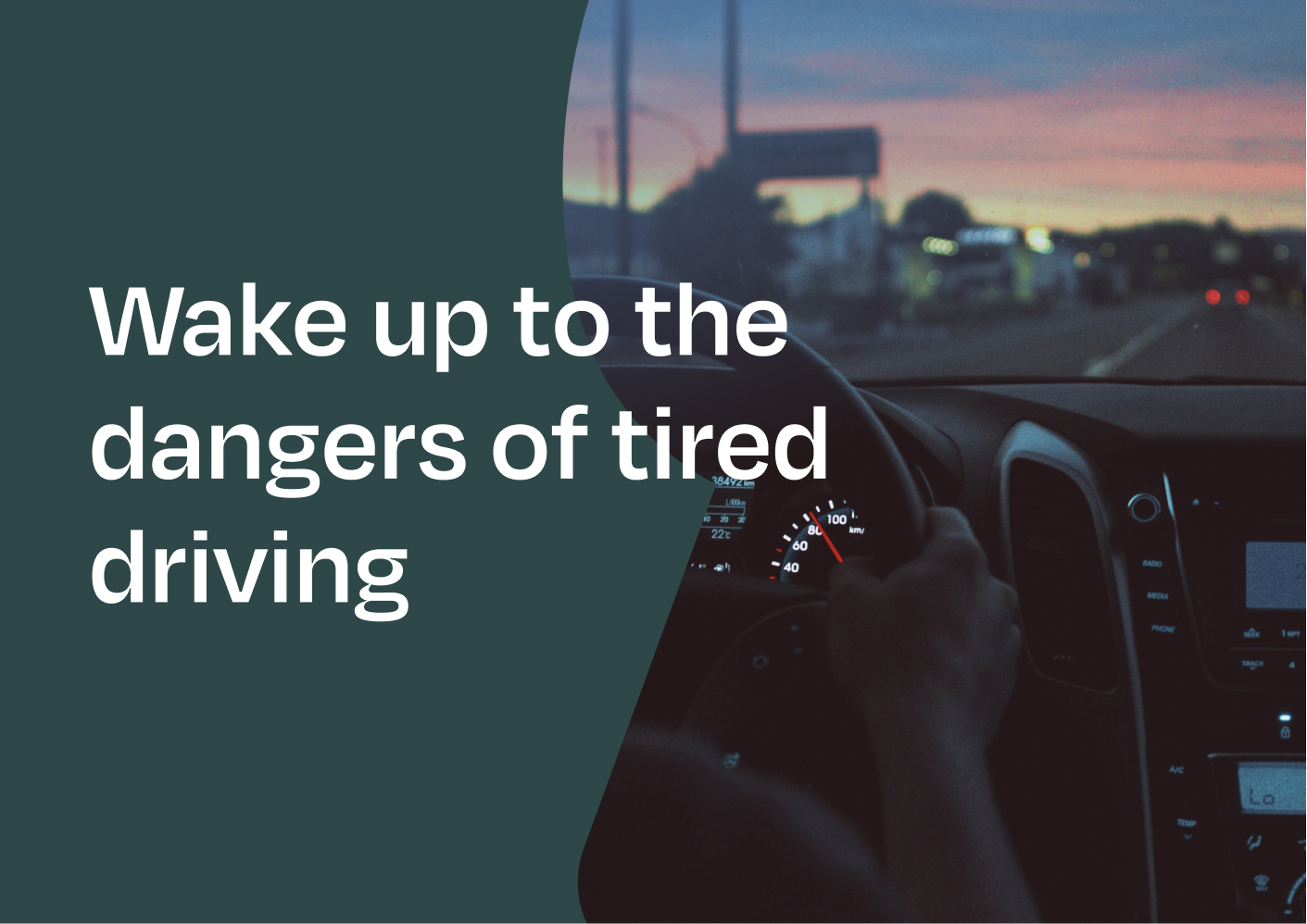


Tired driving is a hidden risk factor that is often ignored. It’s important to know the signs, and how to prevent driving fatigued. Read on to learn more.
Being tired can affect reaction times, attention, awareness, and the ability to control a vehicle. Tired drivers can even “zone out”, resulting in unnecessary variations in speed or lane position. Think of it as a form of impairment, driving tired can be as dangerous as drink-driving.
Fortunately, there are many indicators of tiredness to look out for. These include yawning, difficulty concentrating, heavy eyelids, head nodding, and forgetting parts of the journey. It’s important to take notice of the warning signs and not to underestimate the risks associated with driving tired.
Of course, lack of sleep is the most obvious contributor. Disruptions in life can affect sleep patterns. Sleep disorders, such as narcolepsy and sleep apnoea, also affect sleep. Time of day is another factor, with 2am-6am and 2pm-4pm (the afternoon “dip”) often being peak times for falling asleep. Driving for long periods, particularly on monotonous roads, can also lead to tiredness. And some medications cause drowsiness, so it’s important to check labels and follow instructions.
Getting enough sleep is the number one way to prevent tiredness-related crashes. Looking out for the warning signs and taking immediate action is also important. Take frequent breaks from driving and, if you feel sleepy behind the wheel, find a safe place to stop for a break.
The FIA SDC is a global challenge that rewards smart, safe, and eco-friendly driving. It encourages drivers to think about how they can make their driving smarter, through techniques such as planning their route, adjusting their driving to suit the weather conditions, and always keeping a safe following distance. It even measures and helps improve levels of focus and observation.
The challenge was created by the FIA in collaboration with Greater Than, to encourage everyday motorists to adopt smarter, cleaner, and safer driving behaviour.
Read more about the challenge here.